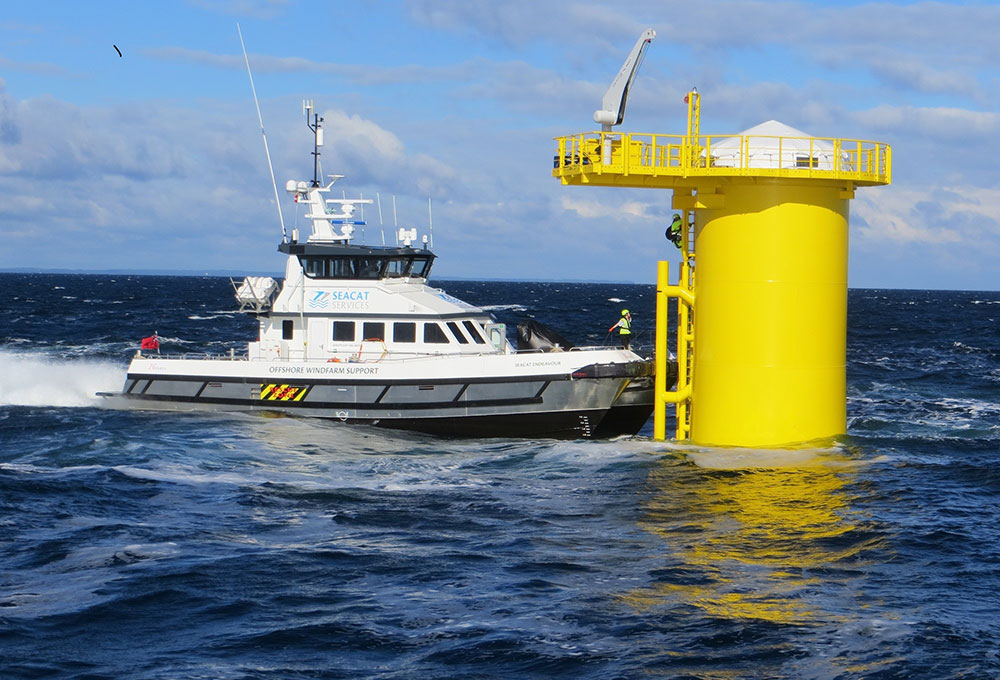Offshore oil and gas
The oil and gas industry provides energy for industry, fuel for transport and raw materials for many consumer products. In its various segments, it employs thousands of people and is considered a major contributor to the UK economy. A total of £486 billion was invested in the exploration, development and production of UK’s oil and gas reserves in the last four decades alone. The industry employs around 375,000 people in the UK.
There are a great variety of opportunities within the global offshore oil and gas industry for seafarers, working directly on the different vessels that support the industry, such as platform support vessels (PSVs), anchor-handlers (AHTSs), emergency rescue recovery vessels (ERRVs), diving support/construction vessels, and survey vessels. These vessels are often very sophisticated and offer a challenging environment to work in as a mariner.
With the correct skill set and marine/academic qualifications, seafarers can make a transition on to mobile offshore units or fixed production offshore installations.
There are various mobile units supporting the industry, such as:
- accommodation barges
- exploration jack-up rigs
- semi-submersible rigs
- drill ships which can be found operating in different areas around the world and whose operation is structured like that of a commercial vessel.

Renewables
The offshore renewables sector is a fast developing and highly innovative industry that makes a significant contribution to ensuring UK targets for renewable power generation (and reduced CO2 emission) are met.
In the UK alone, there are over 2,000 offshore wind turbines (RenewableUK), and in Europe 400 new offshore wind turbines were installed and 15 wind farms completed in 2018. Investment in new offshore wind in Europe amounted to 10.3bn in 2018, a 37 per cent increase from 2017 (WindEurope).
As a consequence of the changing commercial environment, the type of marine craft suitable for transfer operations has changed from small day-fishing vessels, to larger purpose-built catamarans with accommodation for crew. Many of these vessels now exceed 24m in length and have a proportionate increase in tonnage and operating range (up to and greater than 150nm from a safe haven). For some operators, craft now spend a period of service (in days) on station at the wind farm site, returning only when necessary to refuel/resupply/conduct a crew change.
These geographical requirements have had a significant impact on the marine qualifications required for those employed on board windfarm service and transfer vessels.